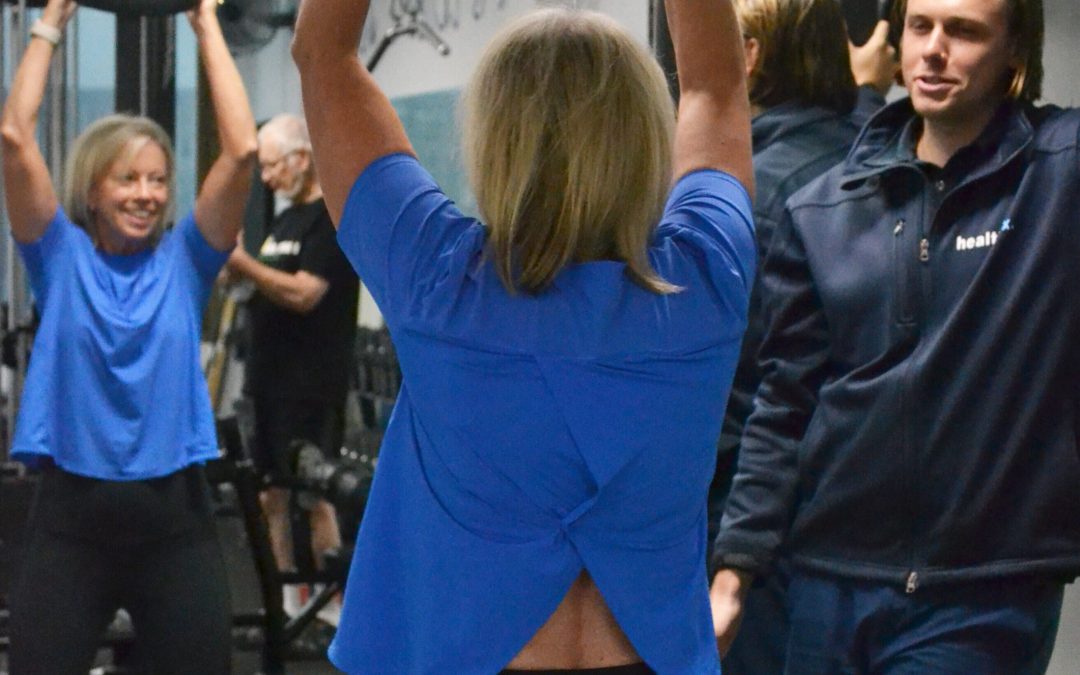
by Ash Cooney | About Healthfix, Physiotherapy
At Healthfix, we believe that strength training is an integral part of recovery from injury, not just an activity for the already fit. Healthfix Strength Philosophy Our philosophy is grounded in the idea that rehabilitation should seamlessly transition into...
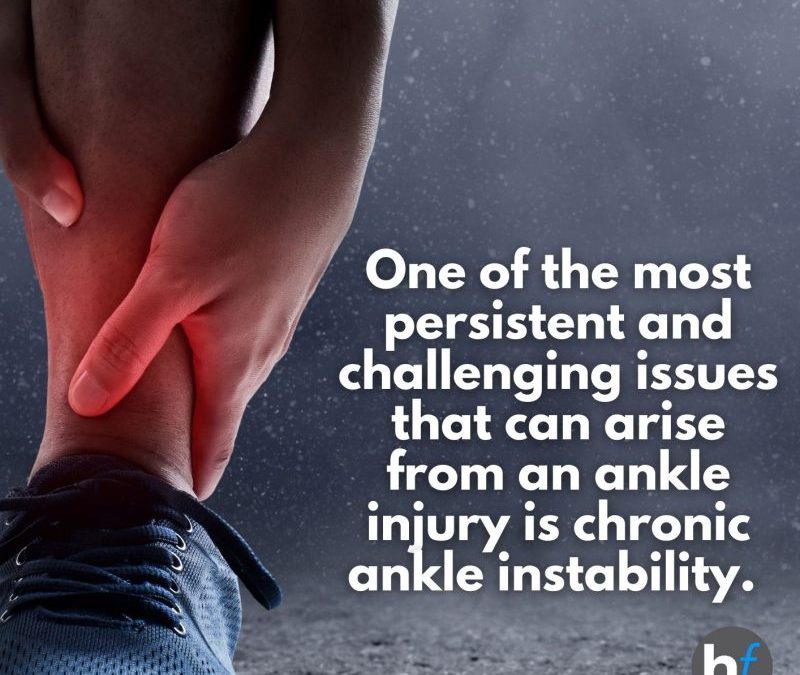
by Ash Cooney | Conditions, Latest News, Physiotherapy
Welcome to the first instalment of our blog series on injury prevention and recovery at HealthFix. In this blog, we’ll focus on a critical aspect of your well-being: ankle health. Whether you’re an athlete aiming for peak performance or someone seeking to...
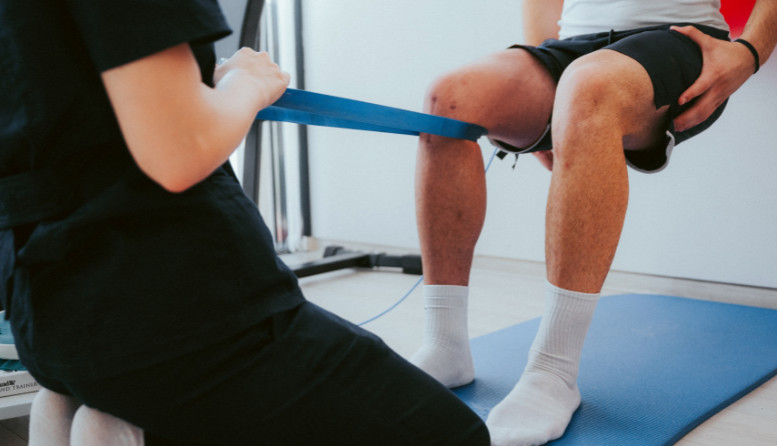
by Ash Cooney | Conditions, Physiotherapy
Living in a sports-loving nation like Australia, it’s no surprise that many individuals, both athletes and non-athletes, turn to sports as a means of recovery after surgery. However, successful rehabilitation requires a proactive and preventative approach,...
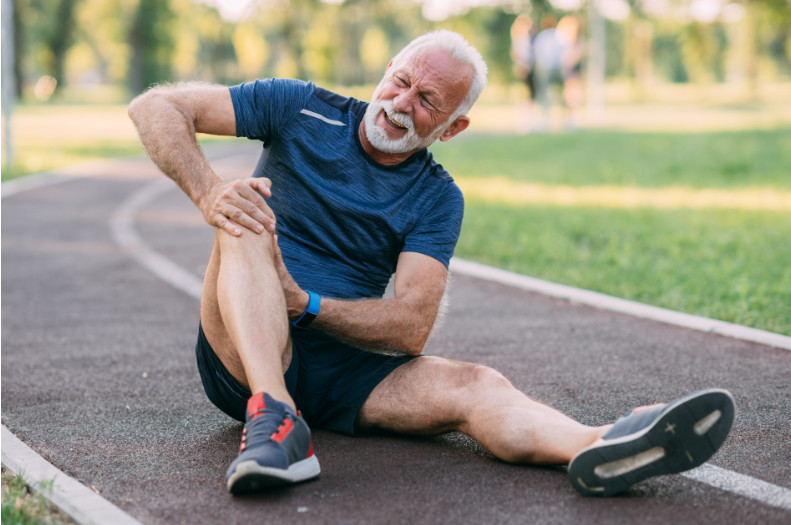
by Ash Cooney | Latest News, Physiotherapy
Hip pain can be a challenging condition to deal with, impacting daily activities and causing discomfort and whether you’re an athlete or a weekend warrior, hip pain is a common issue that affects many people. In this blog post, we’ll explore common hip...
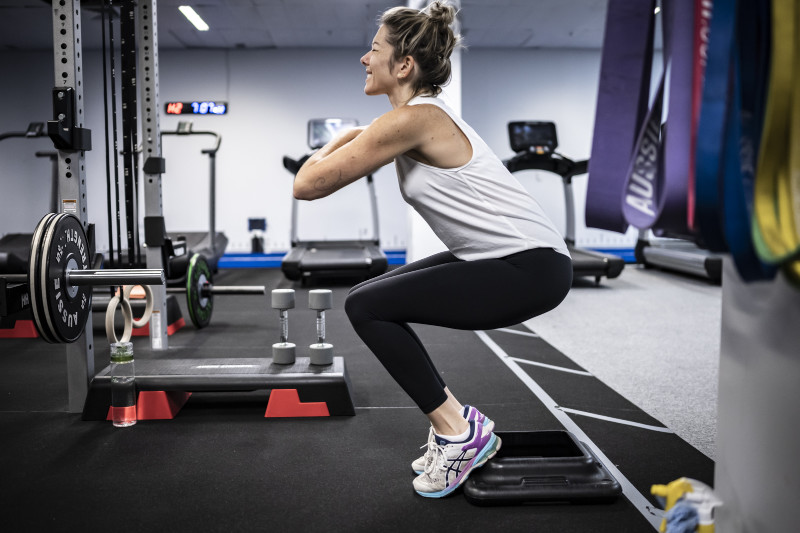
by Ash Cooney | Conditions, Physiotherapy
By Caitlan Skillicorn, Senior Physiotherapist Patellar tendinosis, also known as jumper’s knee, is a common condition that affects athletes, particularly those involved in jumping sports. It is characterized by pain and tenderness in the patellar tendon, which...






